Magone/iStock/GettyImages
Humidity – the amount of water that air can hold – poses one of the more significant challenges to the science of baking, because it requires so much trial and error. Water vapor in the home atmosphere affects everything about baking, including its times, but times aren't the only factor that must be adjusted when coping with kitchen humidity.
Dry Ingredients Soak Up Water
All dry ingredients used in baking, such as flour, sugar, salt, baking soda and baking powder, have the potential to soak up any excess moisture in the air or to be dried out when humidity is lower. If you don't pay attention to this variable, the standard baking time given in a cake recipe may end up being too short to remove additional moisture when humidity is high. On the other hand, when humidity is low and ingredients dry out, the typical baking time called for in a recipe can result in a tough, overdone cake.
Adjust Ingredients First
A home baker can respond best to humidity's effects by adjusting ingredients before changing either times or temperatures in baking. Since dry ingredients take up water in high humidity, reducing the amount of liquid in a recipe by about one-quarter would be a good first step. For example, if a cake recipe calls for 1 cup of liquid, you could reduce the amount to ¾ cup and reserve the remainder. If the batter or dough looks too dry once mixed, add more liquid by the tablespoon until it softens to the desired consistency. Likewise, when the weather is dry, add additional liquid 1 tablespoon at a time to compensate for dried-out ingredients. Using this method takes some trial and error, but it becomes easier once you're familiar with how humid your location usually is.
Change Baking Time Carefully
Adjusting ingredients for humidity often is sufficient to ensure baking success. However, if a baked good doesn't appear done by the time specified in its recipe, the time has to be extended. If the kitchen humidity is especially high, say more than 70 percent relative humidity, it might be advisable to increase baking time by five minutes at a time. The general rule is to test for doneness after the shortest baking time is completed, and continue testing at five-minute intervals until done. This will help ensure that the baked good doesn't rise too fast in the oven, which could make it vulnerable to falling. Raising the baking temperature is trickier, because baking time decreases as oven temperature rises, making the results more difficult to control. Since baking is a science, after all, it's best not to introduce too many variables when compensating for humidity excesses.
Monitor Kitchen Humidity
Professional bakers take great care to regulate the humidity in every part of their process, from storing ingredients to preparing batters and dough through proofing for breads and baking itself. The pros use complicated devices that require constant monitoring, and typically use their air conditioning systems to regulate humidity. At home, using a ceiling fan, an exhaust fan or a dehumidifier will reduce humidity in the kitchen. If those appliances don't give enough relief, home bakers can keep watch on their kitchen humidity with a quality electronic weather monitor. These monitors usually are connected to an outside gauge so they can measure relative humidity and air temperature inside and outside the home. A quick check of the monitor can give a home baker a good idea of how to adjust ingredients or baking time to allow for humidity extremes.
Related Articles
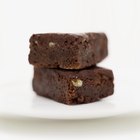
Altitude Tips for Baking Brownies
Does Rain Affect Baking Cakes?
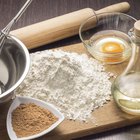
How to Stop Cakes From Dropping
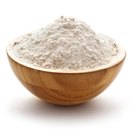
Can Jiffy Baking Mix Be Substituted As ...
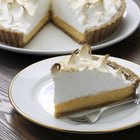
How to Stop a Meringue From Being Sticky

Why Is My Cake Dry & Crumbly?
How to Bake Cupcakes at High Altitudes
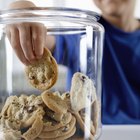
Can Humidity Affect Cookies?
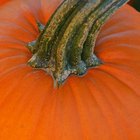
How to Make Pumpkin Bread Moist
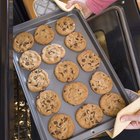
How to Cook Cakes and Biscuits in a ...
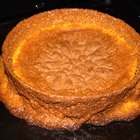
Reasons for Cakes Not to Rise

Can I Save a Cake if I Added Too Much ...
What Can I Use As a Sugar Substitute ...

Why Bread Dough Does Not Rise

What Causes Cupcakes to Fall?

How to Replace Eggs With Mayonnaise

How Long to Bake Brownies Using Molds?

What Is a Substitute for Potassium ...

How to Keep Cream Puffs From Deflating

What Causes Cupcakes to Be Dry?
References
Resources
Writer Bio
Cynthia B. Astle is a longtime journalist who has written on practically every topic of human interest for newspapers such as the "United Methodist Reporter," magazines including "Response," "Arts Ministry" and the "Progressive Christian" and websites such as Darkwood Brew and United Methodist Insight. She was also a food editor and restaurant reviewer for the "Clearwater Sun."